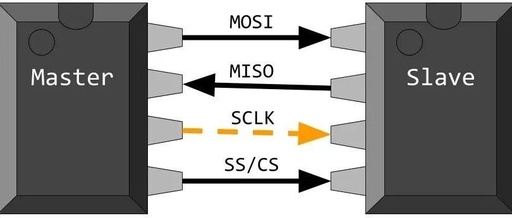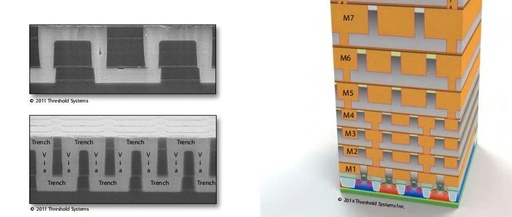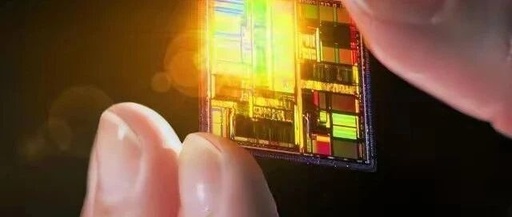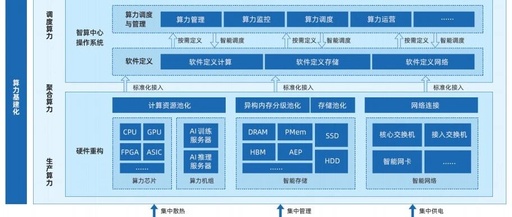Durability Testing of Generation One Angular Contact Ball Hub Bearings
1. Test Objective To evaluate the service life of the hub bearing unit under different driving conditions of the vehicle. 2. Test Setup Use appropriate special fixtures and(or) original automotive components to clamp the hub bearing unit, as shown in Figure2. The installation positions of the vibration sensor and temperature sensor are determined based on … Read more









